The Boy in the Suitcase
Holocaust Family Stories of Survival
Sheryl Needle Cohn
Hamilton Books
A member of
The Rowman & Littlefield Publishing Group
Lanham Boulder New York Toronto Plymouth, UK
Copyright 2012 by
Hamilton Books
4501 Forbes Boulevard
Suite 200
Lanham, Maryland 20706
Hamilton Books Acquisitions Department (301) 459-3366
Estover Road
Plymouth PL6 7PY
United Kingdom
All rights reserved
Printed in the United States of America
British Library Cataloging in Publication Information Available
Library of Congress Control Number: 2011936239
ISBN: 978-0-7618-5705-1 (clothbound : alk. paper)
ISBN: 978-0-7618-5706-8 (paperback : alk. paper)
eISBN: 978-0-7618-5707-5
 The paper used in this publication meets the minimum
The paper used in this publication meets the minimum
requirements of American National Standard for Information
SciencesPermanence of Paper for Printed Library Materials,
ANSI Z39.48-1992

Euromap. Courtesy of Graphicmaps.com + city & shtetl edits by author (snc).
Foreword
It is important to continue to tell the stories of those brutally humiliated, tortured, and murdered during the Holocaust. Those innocent victims who survived this unthinkable trauma will soon be gone. One noble last form of resistance is the courage of survivors and their second and third generation children in sharing their stories with Holocaust historian, Sheryl Needle Cohn.
Sheryls own paternal family stories are told in Chapters One and Two of this book. It is through the Belorussian chapter that the author and I share the anger of the past, message of the Shoah in the present, and hope of the future. The systematic, murderous Nazi regime and their collaborators continued the long oppression of the Jewish people in the Shtetls of Europe and the Russian territories.
In 1941, as Sheryls relatives were being shot in ditches in Dubno and Lyhakovichi, my father and uncles, with guns in hand, were keeping Jews alive in the forests of Belorussia. The Bielski Brothers engaged in the ultimate defiance, stay alive, fight back, and live to tell the world of these horrors. The murder of their own family members and innocent Jews led them to become notorious and heroic armed partisans, as seen in the movie Defiance .
Sheryls act of defiance in writing this book ensures that the innocent victims will no longer remain anonymous in their deaths. As the Maggid of her ancestral Dubno before her, Sheryl tells unique and inspirational stories in her book. In doing so, she honors the memory of the brave resistors, rescuers, and especially the families whose ultimate revenge is their continuance today.
Sincerely, ZB
Zvi Bielski, son of the notorious commander Zus Bielski of the Bielski Brothers Brigade.
December 28, 2010
Acknowledgments
This book is dedicated to my grandma Bella, if not for her courage and wisdom, I would not even exist. Thank you to the survivors and their adult children, and to the families of brave resistance fighters who stood up against the tyranny of Nazism. Your trust in sharing your stories with me is humbling.
Thank you to the many Holocaust agencies, organizations, and museums worldwide. Thank you to the extraordinary worldwide network of hidden child survivors, and second generation organizations, from whom information and contacts were often just an internet click away. Thank you, spasibo and gracias to UCF volunteer research assistants Jennifer, Marina and Mariela for their domestic and international work. Thanks Barbara, Susanne, and Behic for your excellent proofreading and frankness, after all these years you still keep it real. Thank you to the Jewish community of Sosua, Dominican Republic, and the Perdomo Family for your help and warm hospitality during my stay in your country. Thank you to the south Belgium township of Quaregnon. To Willy Thomas, Michele Messine, and especially Jerry and Marcelle (Micke) Gimborn-Destrain, Merci Beaucoup!
Special thanks to Ms. Shainna Ali, my research assistant and after two productive years, my friend, for her dedication to this project and her continued support in the publication of this book.
Thank you sisters of Phi Alpha Pi: Donna, Big Shelley, Little Shelley and our dearly missed friend Sue. It is almost incredulous to think with your love and support over 45 years I could go from Social Director to Holocaust scholar and author.
I am very grateful to the administrators, faculty, technical and support staff, and my students at the University of Central Florida for allowing me to expand the diversity of my faculty role and to grow professionally.
Introduction
When The Last Survivor Is Gone, Who Will Tell of the Holocaust
Etunia Bauer Katz, survivor
I am not a Holocaust expert; the more I read and research, the less I realize I know. This may sound like a surprising introduction to a book I hope is read by many, but it is the way I sometimes feel. The task of telling the stories of survivors and their families has been daunting at times. Yet I am riding along a river that continues to take me to places I could not have imagined four years ago.
The etiology and original title of my book, Connecting with the Holocaust, began in 2006, when I discovered genealogical information about my paternal family. As you will read in chapters 1 and 2, my family came from the Russian territories. My beloved grandmother Bella and her parents survived the harsh Russian pogroms in Dubno. My grandfather Max and his family came from the Russian village, shtetl in Yiddish, of Lyakhovichi. Who knew this was actually Belorussia, now Belarus? I certainly did not. And so I thought the story would end here. I planned a trip to my ancestral homelands, with the explicit goal of Walking in the Footsteps of My Grandparents. In July 2006, I had no idea I was about to actually begin an extension of my career as an educator, to that of a Holocaust scholar. You will read how after living in the former Russian territories and in Eastern Europe, my objective was now to Walk in the footsteps of the Holocaust.
Upon return to America, I resumed my life as a college professor, supervising student teacher interns for the University of Central Florida. I asked my interns and their supervising teachers what they knew and taught about the Holocaust to their K-12 students. The scarcity of resources and information in many of their classes greatly concerned me. So I became a resource for my students, which is what good instructors do all the time. But this time, it was also personal. I was invited to speak to organizations and schools in several central Florida counties. I was chosen to study in 2008 at the prestigious International Holocaust School at Yad Vashem, Israel, furthering my status as a Holocaust scholar.
As I would address various groups at speaking engagements, people would come up to me afterwards and share their personal family stories with me. During one of my aptly entitled power-point presentations of Walking in the footsteps of the Holocaust, to a genealogy society, I noticed a woman softly crying. At the conclusion, she approached me and began telling me her story as a Holocaust survivor. Following subsequent speaking engagements, others would tell me their parents were survivors, and the stories began to collect in my consciousness. I would awake at all hours and jot notes, which later I would Google search, then further research, using a multitude of academic and organizational sources. It became clear, that the only way I could ever sleep through the night again, would be to share these stories with interested readers.

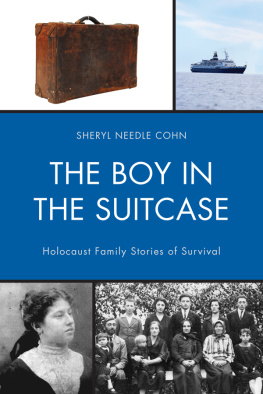
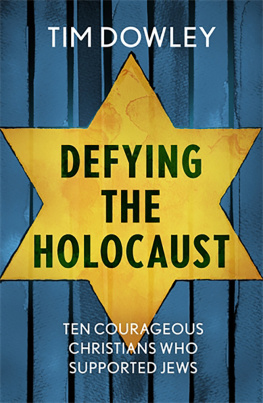
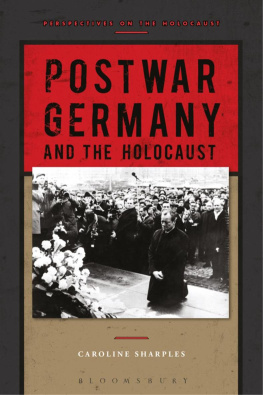
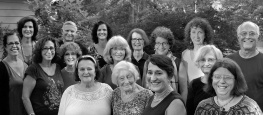
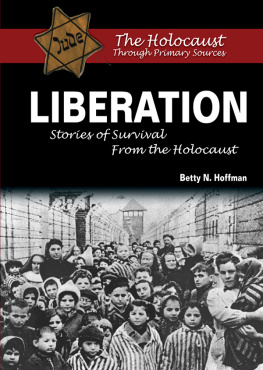
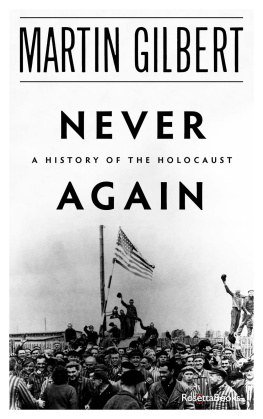
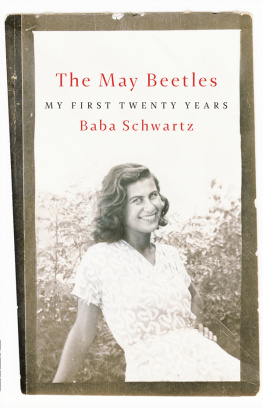
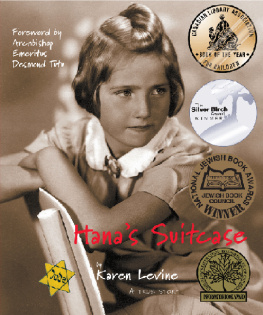
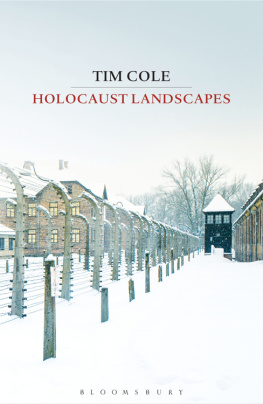


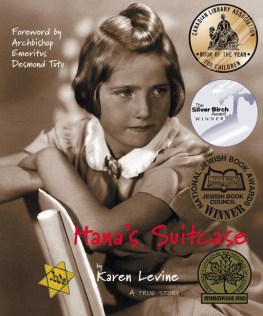
 The paper used in this publication meets the minimum
The paper used in this publication meets the minimum